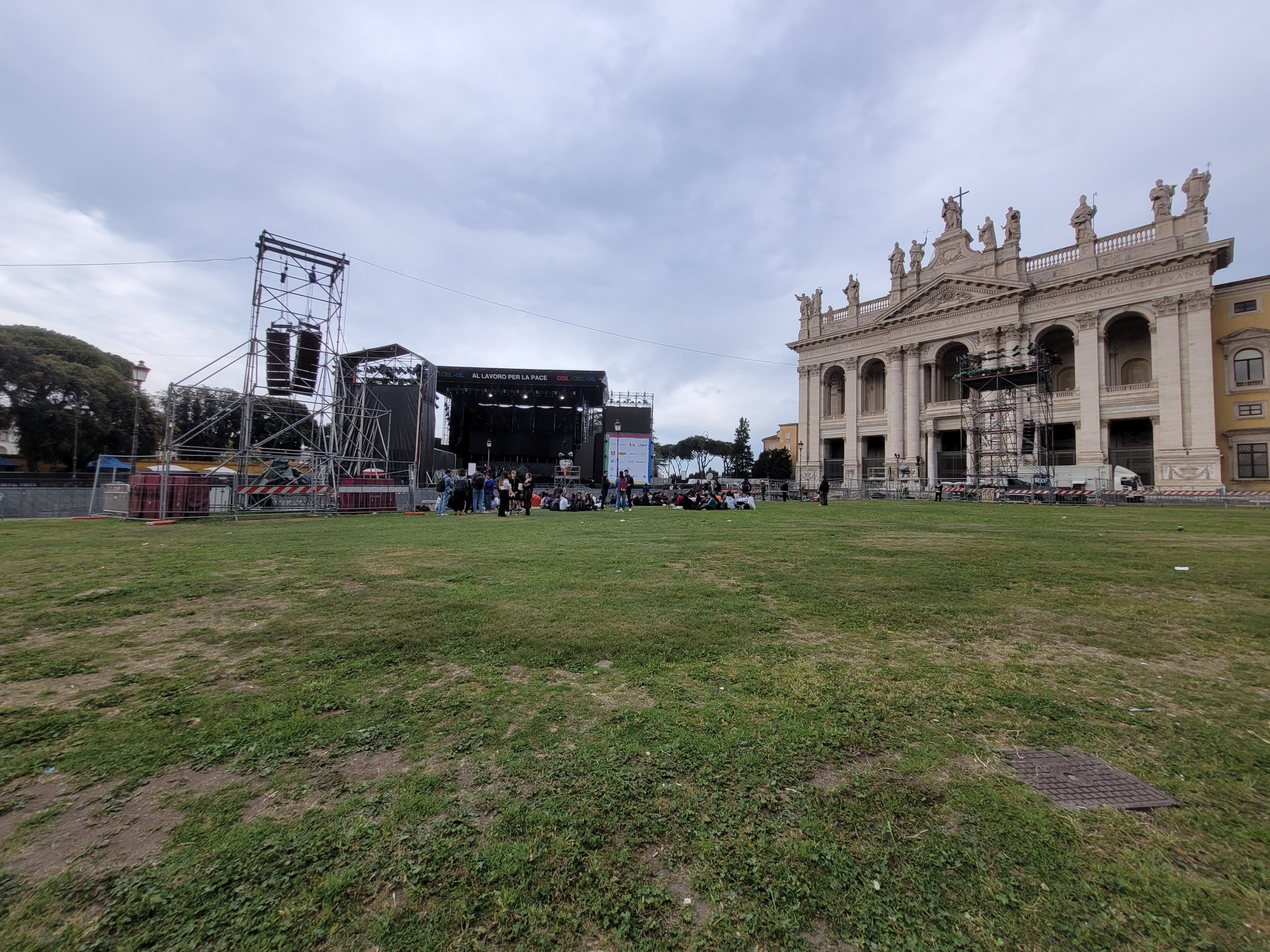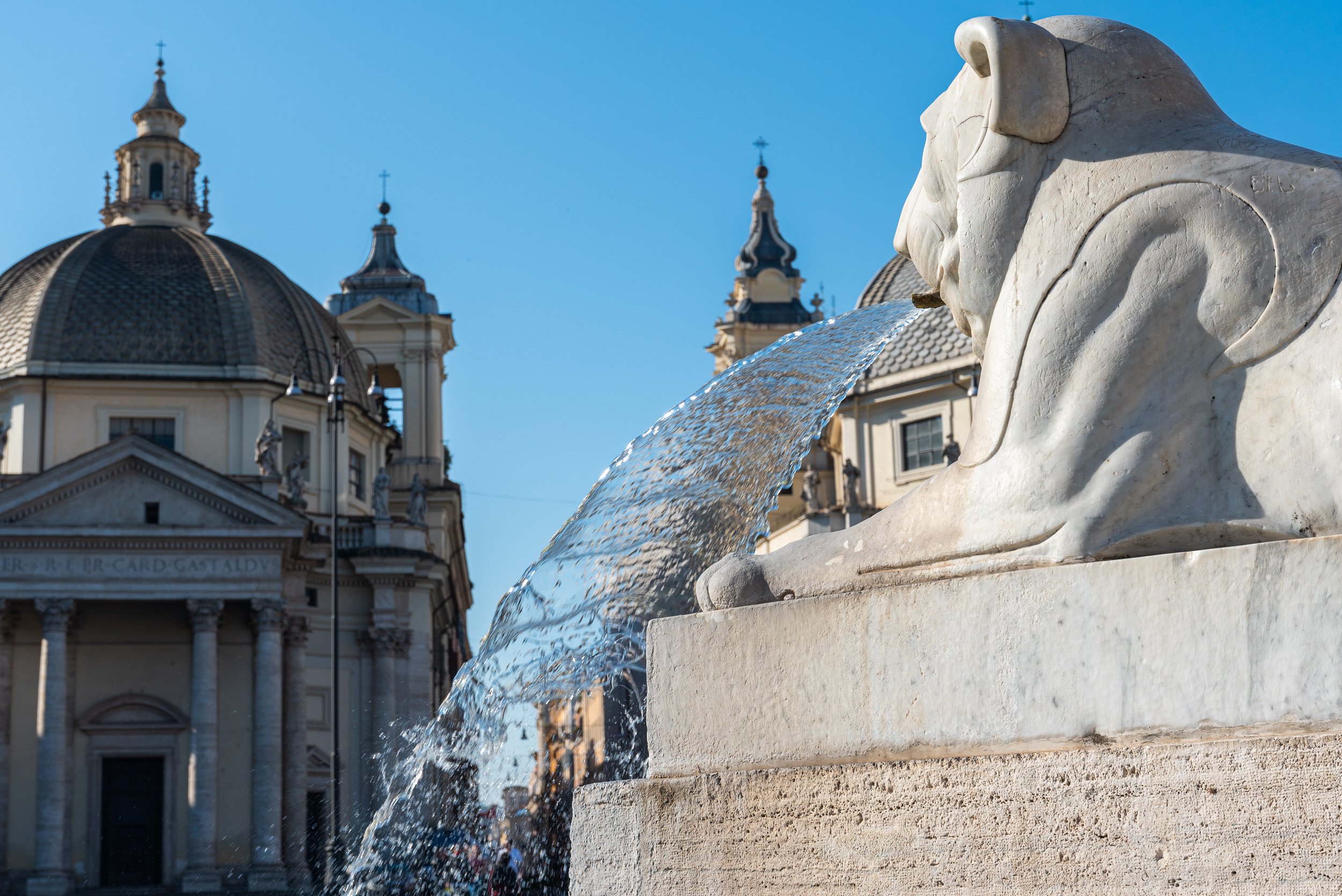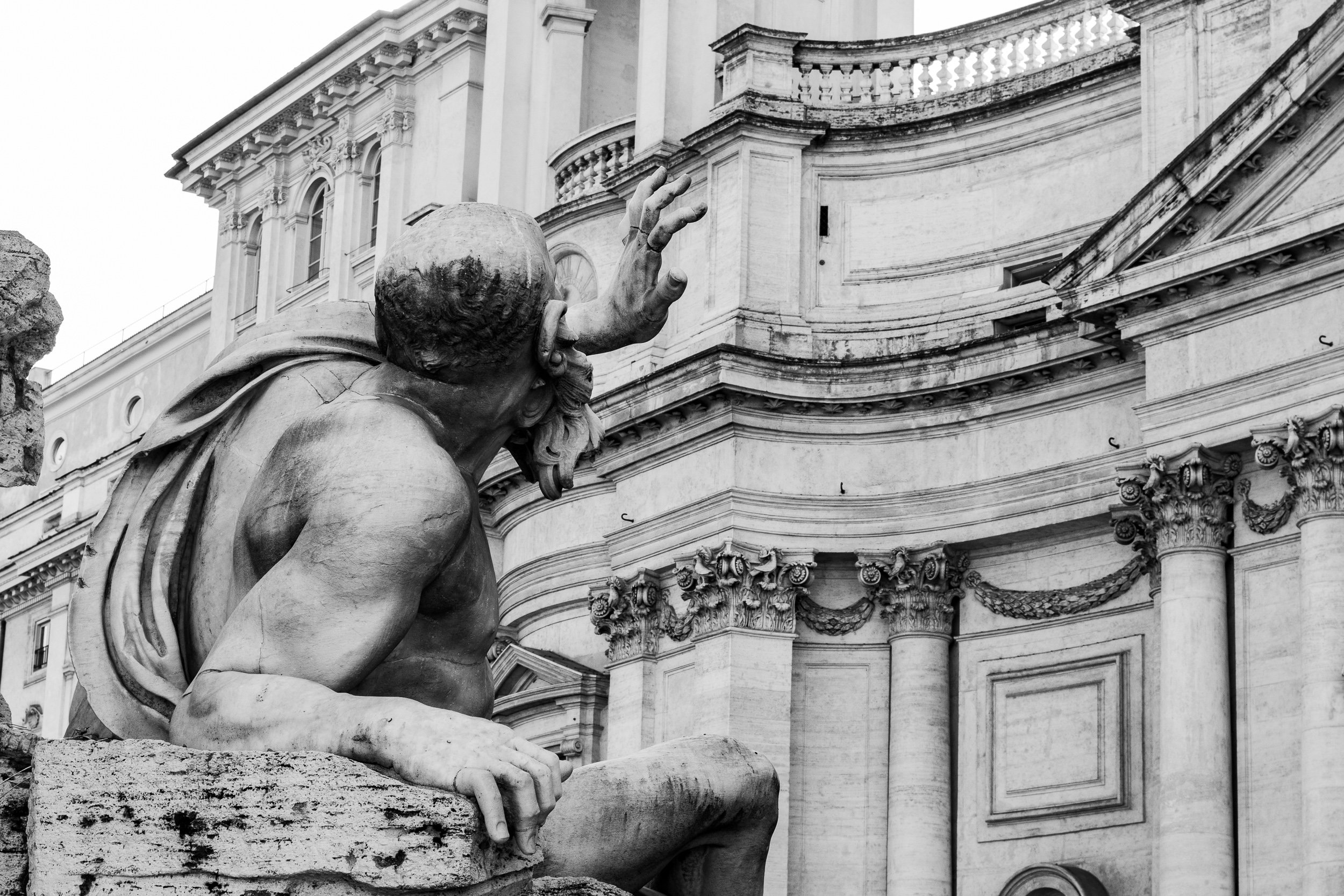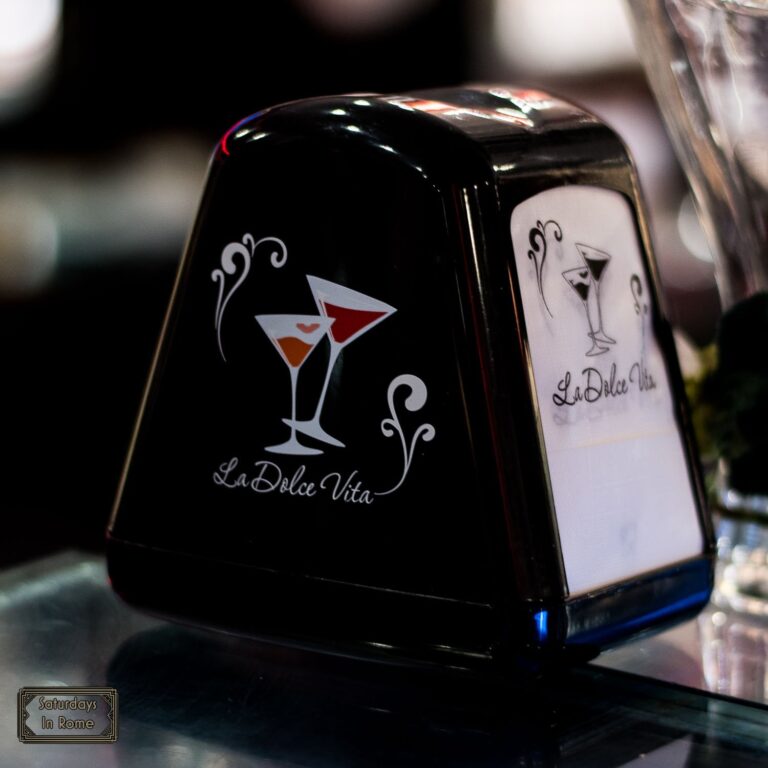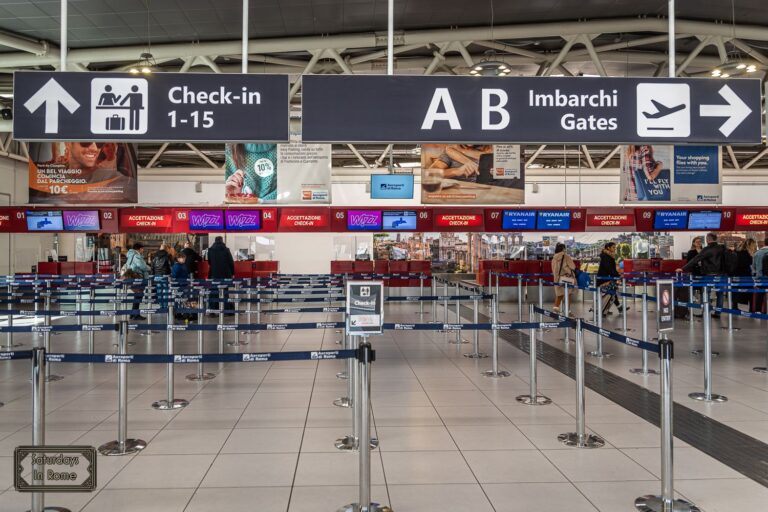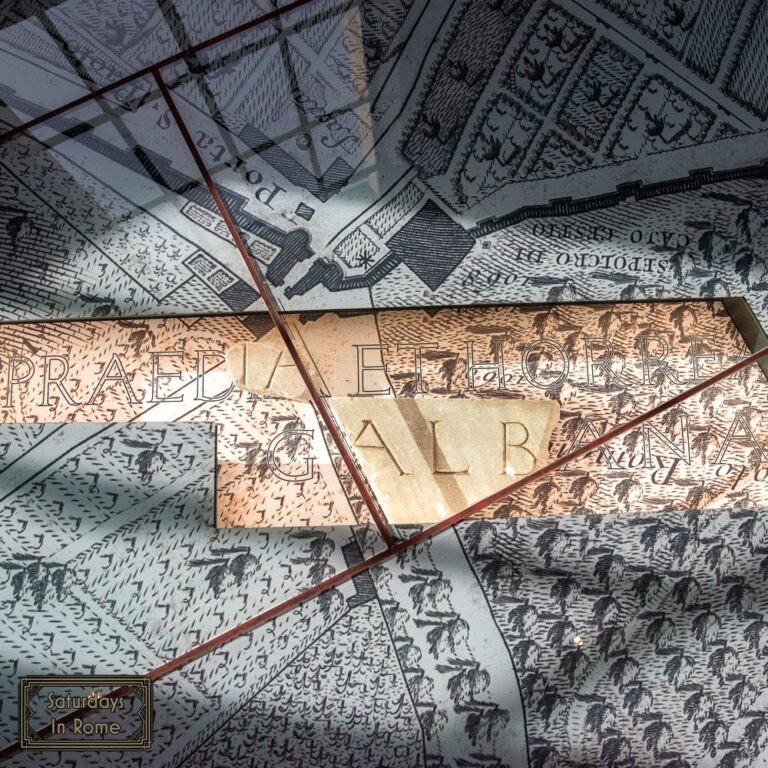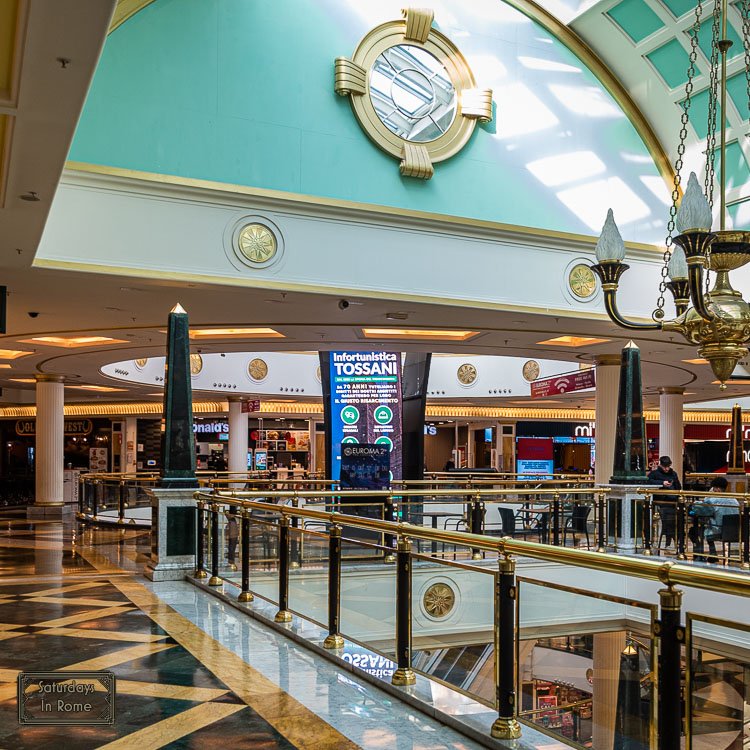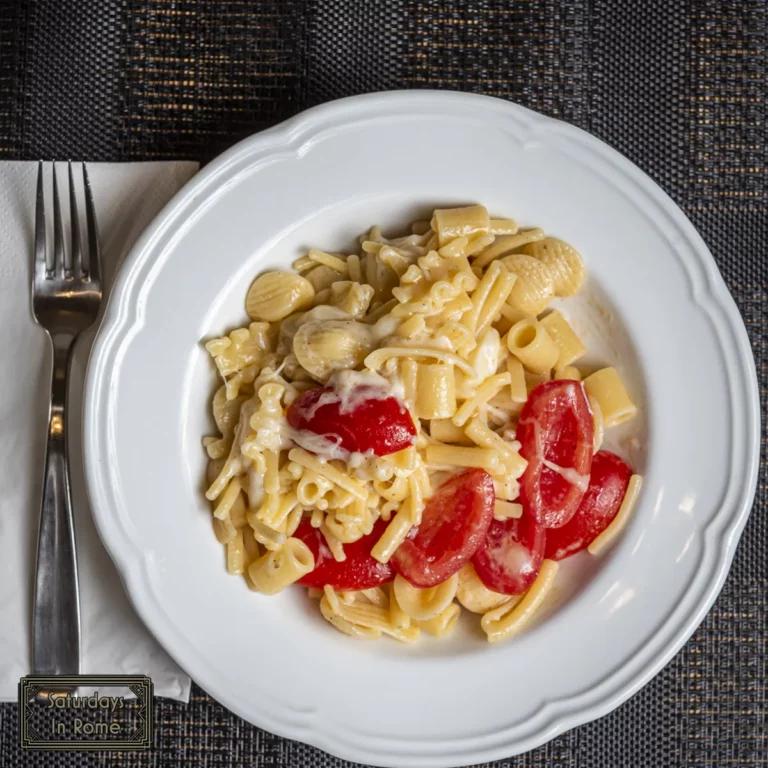The Districts Of Rome Are All Uniquely Roman Experiences
There are 22 districts of Rome and each of these neighborhoods are unique experiences and this is part 1 of the guide showing why you need to visit each one.
Piazza del Popolo
Rome is made up of 22 districts (rioni), but this was not always the case. In the sixth century B.C. there were only 4 regions that surrounded the historical center (centro storico). As the city expanded and more people moved to Rome, this grew to 14 districts under Augustus but then collapsed after the fall of the Roman Empire. In the 12th century 12 subdivisions were created and continued to grow until reaching the twenty two rioni that Rome has today.
Need Help Planning?
- Cheap Flights: Find The Most Affordable Flights.
- Accommodations: From 1 to 5 Stars And More.
- Car Rentals: Affordable Travel Across Italy.
- Sightseeing Tours: Explore Some Amazing Tours.
- Buying An eSIM: Stay Connected In Italy.
This post includes affiliate links.
Each of these districts is diverse and interesting, each with its own neighborhoods and attractions which I would encourage everyone to visit to get a real sense of the diversity of Rome. These 22 districts are: Monti, Trevi, Colonna, Campo Marzio, Ponte, Parione, Regola, Sant’Eustachio, Pigna, Campitelli, Sant’Angelo, Ripa, Trastevere, Borgo, Esquilino, Ludovisi, Sallustiano, Castro Pretorio, Celio, Testaccio, San Saba, Prati.
The First 11 Districts Of Rome
Monti – District I
A Church and a Concert Venue
Monti is very close to my heart because it was the district we stayed in almost every time we came to Rome over the years and it is where we decided to live when we moved here. It is centrally located and full of sites to see, like the Colosseum and the Roman Forum. Across from the Colosseum inside Colle Oppio Park are the remains of Emperor Nero’s golden palace, Domus Aurea.
If you are looking for more religious sites, Monti is the home of two of the most important churches outside of Vatican City, Santa Maria Maggiore and San Giovanni in Laterano as well as many others.
Trevi – District II
Given the name, it might be pretty obvious why you would want to go to this district. For me, Trevi Fountain is one of Rome’s greatest gifts to us all, so you need to see it during the day, at night and even when it is closed for cleaning. Don’t forget to throw the coins to ensure your return.
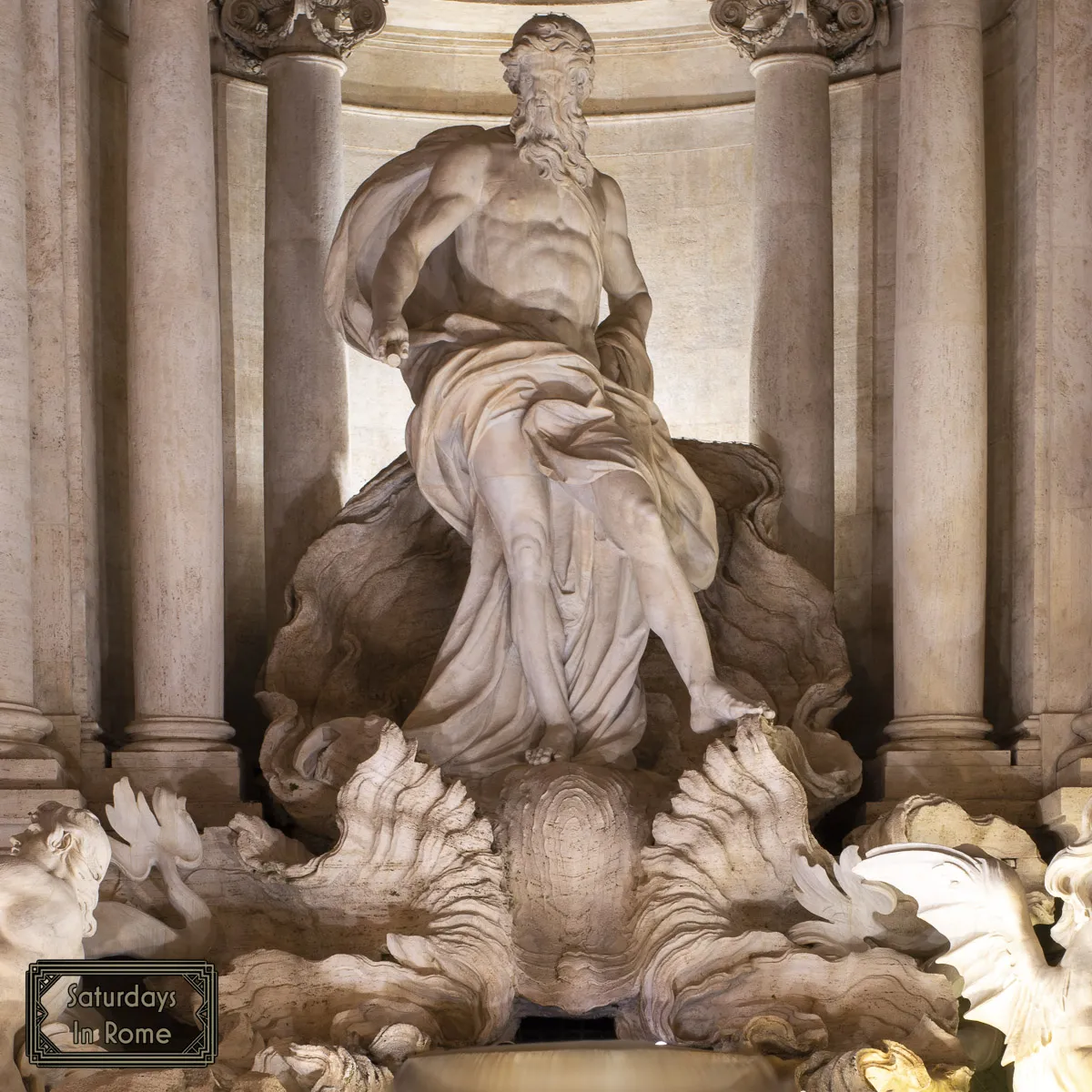
After you see the famous fountain, other things to check out would be the Quirinale, which is home to the President of Italy, and a favorite of mine, Palazzo Barberini. It is a beautiful museum that we went to for a fantastic showing of a collection of Caravaggios and his influence on other artists of the time. It was a great way to spend a morning.
Colonna – District III
This district takes its name from the Column of Marcus Aurelius in the main piazza. I would describe this district’s two most important attributes as being shopping and politics, and probably in that order.
For shopping, via Del Corso is a popular place to take an evening stroll, go shopping and meet people. It is popular with locals and tourists alike. Regarding politics, it is the home of Palazzo Chigi, the offices of the Prime Minister ( actually the President of the Council of Ministers) and the Palazzo Montecitorio, which is the seat of the Italian Chamber of Deputies.
Campo Marzio – District IV
Piazza Del Popolo
As you see the major sites in Rome, it might not be obvious that you are in Campo Marzio when you are looking at the Spanish Steps and Piazza del Popolo. This area, which includes via del Corso, via dei Condotti and via Margutta has fantastic views, shopping and art galleries that should not be missed.
As you might imagine, this area is packed with historical sites and beautiful churches to see. The piazza is a great resting place for the weary traveler and there are a couple of fantastic places to get a coffee if you need a little boost. I’d recommend: Rosati and Canova.
Ponte – District V
If you are looking for a nice place to walk along the Tiber, Ponte would be a good place to check out. Although no longer having Ponte Sant’Angelo, from which it gets its name, as part of the Rioni, you can get a beautiful view of the Castle and Saint Peter’s Basilica. You can also check out Santa Maria della Pace which is not far from Piazza Navona.
Historically, Ponte was a rich area, but it was the one most affected by the frequent flooding of the Tiber river. The look of this district changed after Rome became capital of the reunited Italy in 1870.
Parione – District VI
Piazza Navona Fountain
I think the big attraction for me in this area is Piazza Navona. There is a lot to be said about this piazza, which will require its own post to do it justice, but for now it’s fun for me to remember when this piazza was the backdrop for some of my favorite films, like: La Grande Bellezza, Angels & Demons, Coins in the Fountain, National Lampoon’s European Vacation and the 1964 comedy Yesterday, Today and Tomorrow (Ieri, Oggi, Domani) with Sophia Loren.
One interesting thing to notice when you watch Yesterday, Today and Tomorrow is how at that time you could drive and park in and around Piazza Navona, which looks really odd today.
Regola – District VII
Another nice place to walk along the Tiber, Regola would also be a good place to check out. This is home to a long list of historical sites, including: Palazzo Farnese, Arco Farnese and the San Giovanni dei Fiorentini church. One less obvious attraction is via Giulia, which I learned was home to the Direzione Nazionale Antimafia e Antiterrorismo. Just a suggestion, people standing outside of this office don’t like to have their pictures taken. Yes, I learned this from experience.
Sant’Eustachio – District VIII
The Church of St. Louis of the French (San Luigi dei Francesi) is one of my favorite spots to look at art because this church has an amazing triptych of Caravaggios, The Calling of St. Matthew, The Inspiration of Saint Matthew and The Martyrdom of St. Matthew.
While you are in the neighborhood, you should also stop by the Basilica of St. Augustine and enjoy time in front of another Caravaggio, Madonna dei Pellegrini.
Also, I had mentioned above how Colonna was the district most packed with politics. However, Sant’Eustachio has Palazzo Madama, in Piazza Madama, which is the home of the Italian Senate.
Pigna – District IX
The district of Pigna is full of a lot of great sites but there are three in particular I want to call out. First is Piazza Venezia. It would be very hard to travel around Rome and not go through this piazza, home of my favorite Altare della Patria, the Monument to Vittorio Emanuele II, first king of Italy, and at the foot of Capitoline Hill.
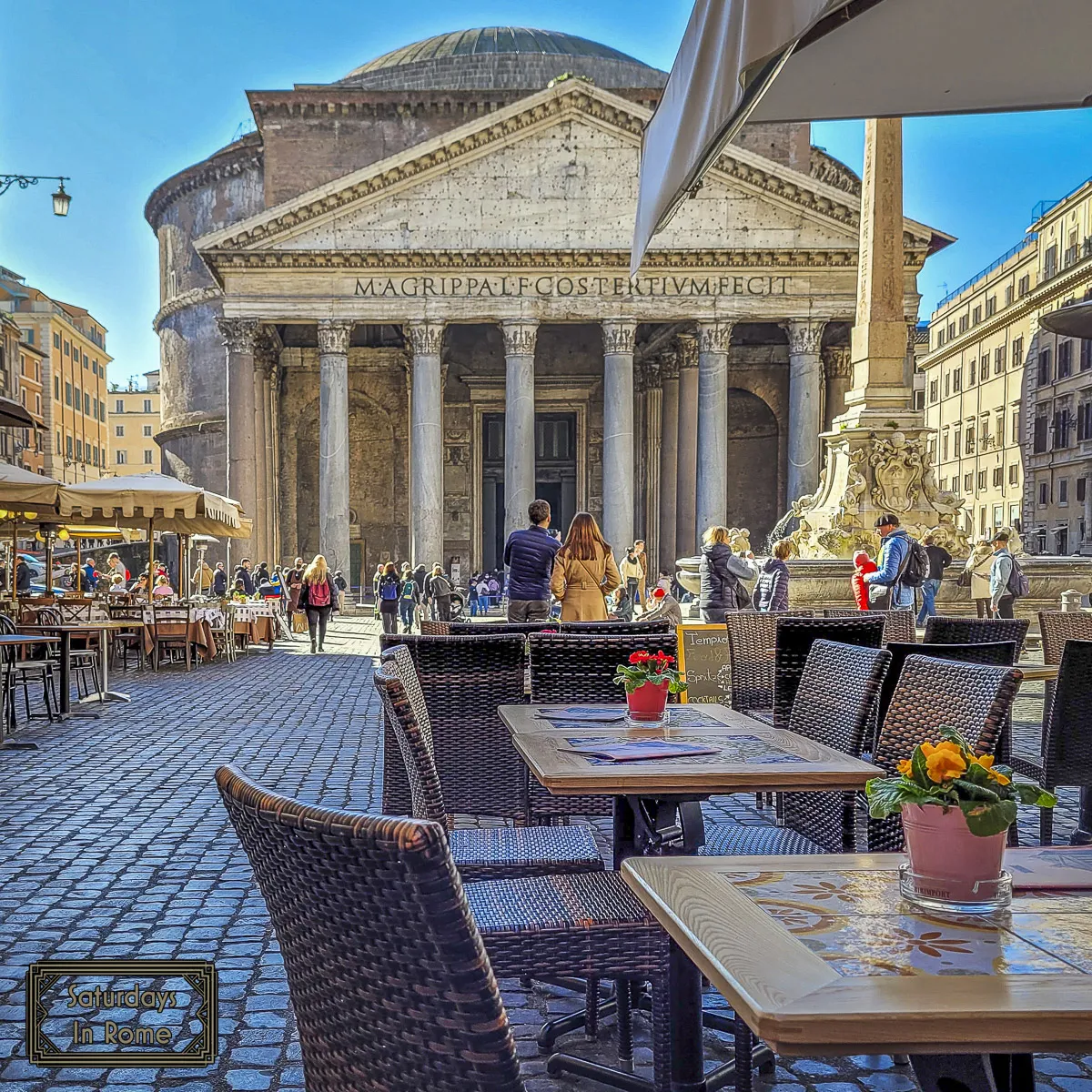
Second is the Piazza della Rotonda which is the home to the Pantheon. Get there early because it queues up very quickly, and bring an audio guide to learn about all the details in the Pantheon. My recommendation is the audio guide from the great Rick Steves, which I have loaded on my phone to be used at a moment’s notice.
My final suggestion for this rioni is Largo di Torre Argentina, which has two interesting points of reference: it is purportedly the place where Julius Caesar was assassinated and it is a cat sanctuary. The cat shelter was founded in 1993, and offers sterilization and adoption programs that house an estimated 350 cats.
Campitelli – District X
This district is another that might be hard to miss as it contains the Roman Forum, Piazza del Campidoglio and the Capitoline Museum.
I also want to mention the Arch of Septimius Severus which I went to recently only because it reminded me of one of the two greatest headmasters of Hogwarts, Severus Snape.
Sant’Angelo – District XI
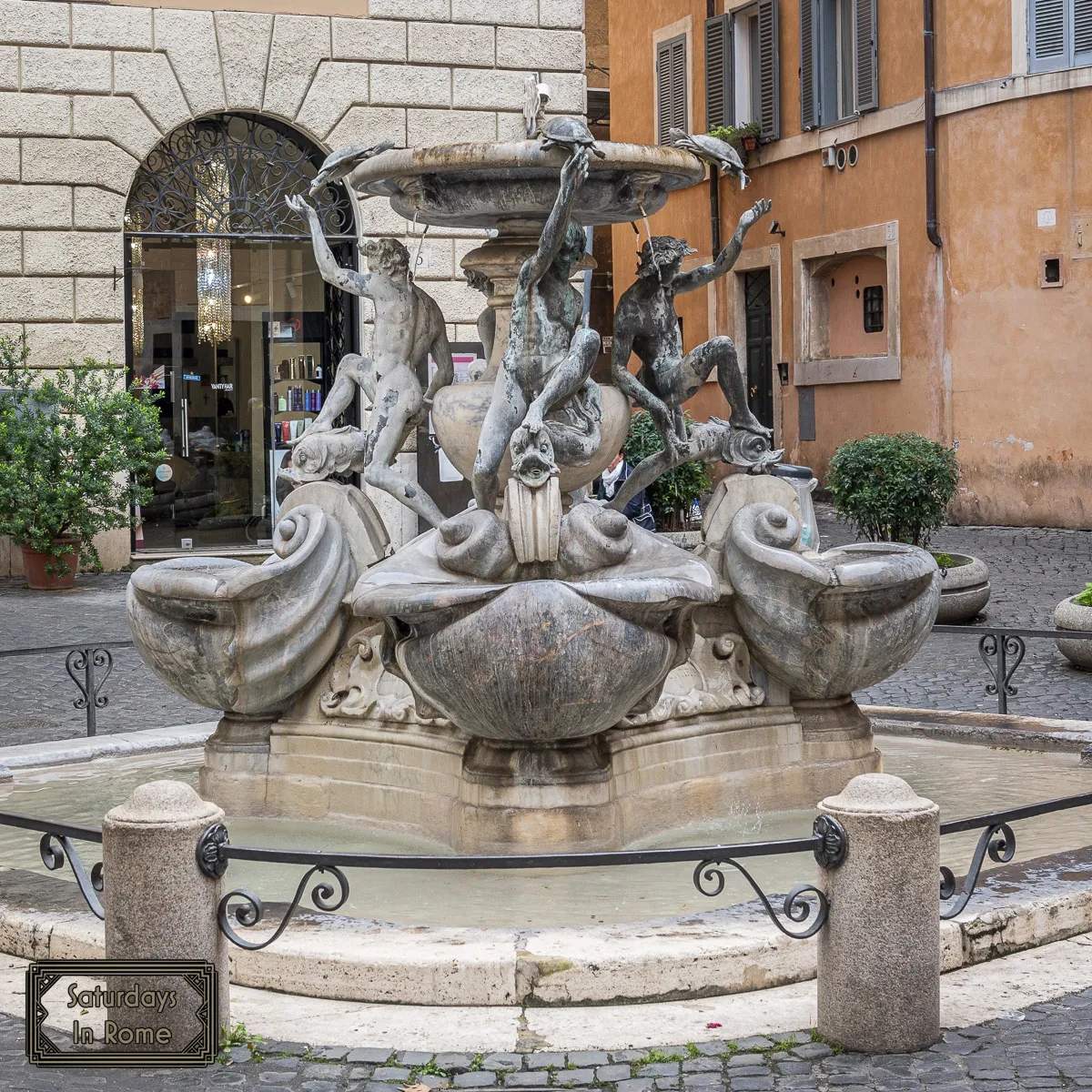
My final district in this part 1 is Sant’Angelo. For me, the most significant parts of Sant’Angelo are the Roman Ghetto and The Great Synagogue of Rome (Tempio Maggiore di Roma) which is the largest synagogue in Rome. The history will be detailed in another post because these few lines don’t really do it justice.
Near the Ghetto is La Fontana delle Tartarughe. I first became aware of and immediately fell in love with the Turtle Fountain when I was introduced to it as part of a tour of the Ghetto in Rome. If you have never been to Rome, or Piazza Mattei, you might also have seen the fountain in a few scenes in the movie The Talented Mr. Ripley or read about it as the setting for the book Midnight in the Piazza.
The Districts Of Rome Are Waiting For You!
There is a lot to see in Rome and you shouldn’t feel like you have to see everything on your first trip to Italy, but it is helpful to know where you are, a little bit of the history and maybe some things you shouldn’t miss. Get out there and explore!
More Information About The Other Districts Of Rome
Here are some posts that will give you more information on some of the popular districts of Rome. Use these to plan your next visit:
- Here Is The Second Part Of Districts In Rome, Italy.
- Nero’s Golden Palace Was Not Loved.
- The Ugly Boat and The Spanish Steps In Piazza di Spagna, Rome.
- The Colosseum At Night Tour Is A Worthwhile Experience.
- The Fountains of Piazza Navona.
- The Tiber River In Rome Is As Historic As The City Itself.
- Largo Di Torre Argentina Rome Is A Sanctuary In The Ruins.
- Is Garbatella, Rome Safe For Tourists To Visit At Night?
- Janiculum Hill Has Some Of The Best Views In All Of Rome.
- The Quartiere Coppedè In Rome Is Waiting To Be Discovered.
- Is The Roma Pass Worth It? This Guide Will Help You Decide.


